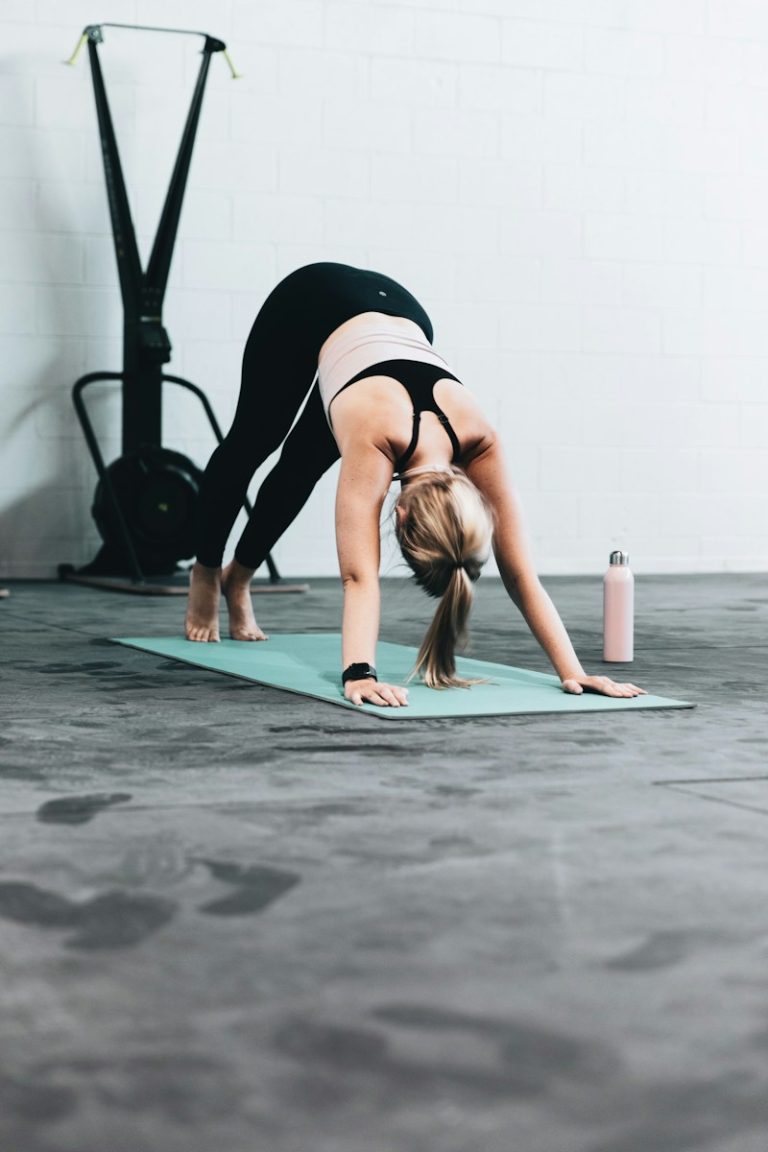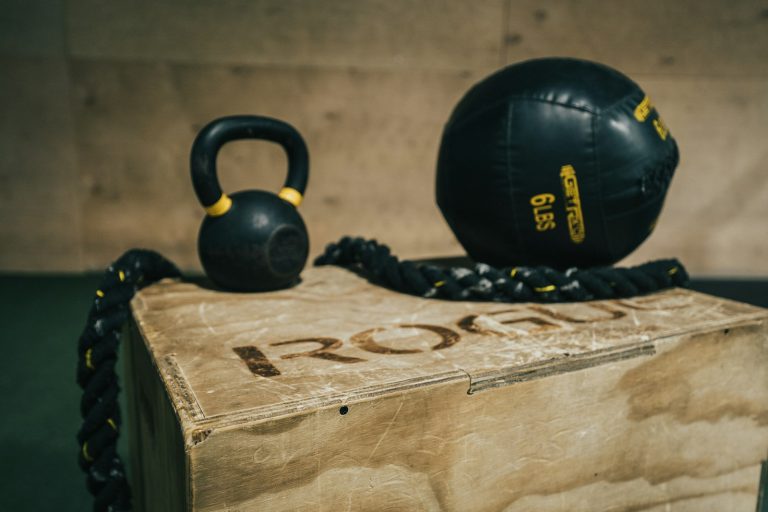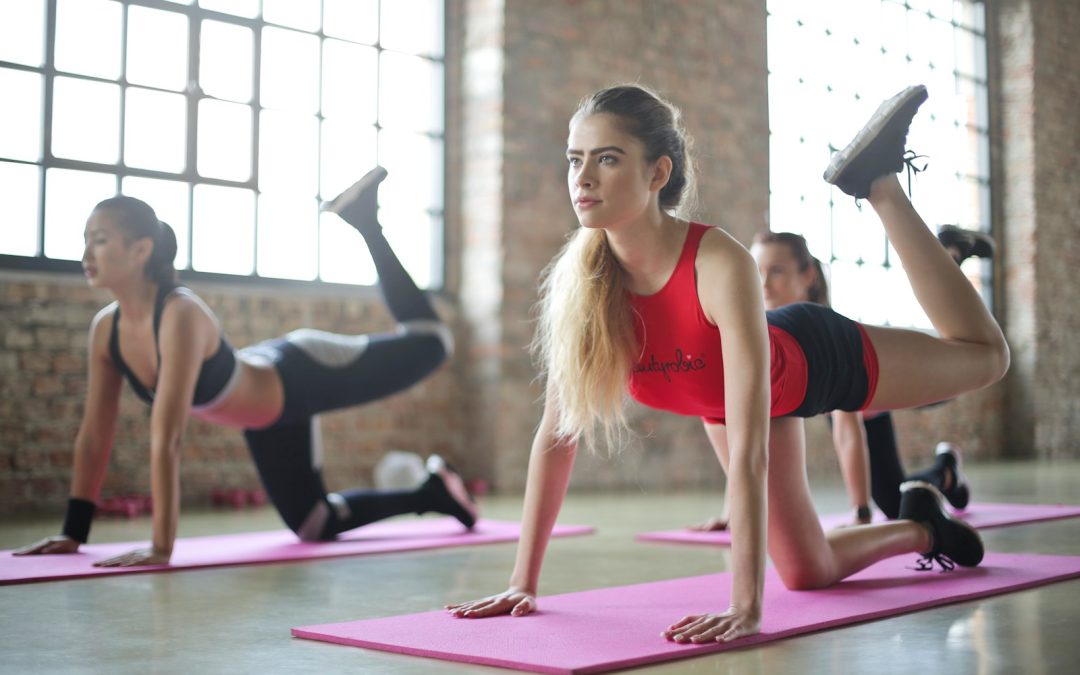How to Build Resilience with Rehabilitation Exercises
There are a number of components of recovery from an injury, all of which are important. But an integral part of recovery is building resilience with Rehabilitation Exercises. When we build resilience, we improve strength, stability, mobility, and make the injured structure more robust for both day-to-day life and sporting activities.
When Rehab Exercises are needed:
When an injury occurs there are several physiological changes that happen within the structure that has been injured. During and after an injury has occurred, there are two main stages of an injury, and rehabilitation exercises are equally as important during both stages.
During the initial stage of a muscle injury inflammation and swelling can occur. This is called the inflammatory phase, and that is the acute stage of an injury, where pain levels can be at the highest. During this stage, it can be common for muscles to weaken. After this inflammatory phase, the muscle begins to heal by regenerating muscle fibres from stem cells that live around the area of the injury. When we add correct and appropriate rehabilitation exercises this will aid muscle regeneration, repair and improve strength and flexibility in the injured structure, and at the correct phase of the healing process. This will give us the best chance of building resilience after injury.
Generally, when using rehabilitation exercises to build resilience after an injury, the types of rehab exercises we commonly use fall into the categories of stretching and mobility exercises, strength and stability exercises, balance and proprioception exercises and core stability exercises.

Stretching and Mobility Exercises:
These are a great way to help to build resilience in both the early, mid and late stages of injury. Stretches can be a good way to reduce pain, lengthen muscles, and help joints to move through full range of motion.
Mobility exercises can be slightly different, in that they focus on joint mobility rather than the muscle fibres. Joint mobility exercises improve joint range of motion, reduce joint pain and stiffness, and allows for better joint movement under load.
Both stretches and mobility exercises can also be done at any stage of training, for sporting events and also to prevent injury from occurring.
Balance and proprioception exercises:
Another great type of exercises for joint health are proprioception exercises. Proprioception exercises are specific exercises that challenge and develop proprioception (similar to balance) receptors, and this helps to stabilise a joint during static and dynamic functional tasks.
Proprioception exercises are often given after an injury to a joint, such as an ankle ligament sprain or knee sprain. They can be a great way to prevent re-injury, and in addition to that, they can also be very beneficial to patients of an older age to improve and maintain good joint health.
StrengtH and Stability exercises:
During recovery from an injury, we typically follow a specific order to setting and prescribing exercises to effectively build resilience after an injury. Often, with both muscle and ligament injuries, we follow an evidence based protocol of exercises which will take recovery through from the acute stages of an injury to the final stages of recovery, and return to sport/ daily life. These exercises generally come under the bracket of strength and stability exercises, and can be started as soon as the acute stages of injury.
ISOMETRIC EXERCISES
During the acute stages of a new injury, (or subacute), isometric exercises are a great way to get some early stage strength into and injured area. An isometric exercise is an exercise involving the static contraction of a muscle without any visible movement in the angle of a joint. Isometric exercises can be a great way to help with pain reduction.
ECCENTRIC EXERCISES
Following Isometric exercises, eccentric exercises are often prescribed. Eccentric exercises are great for both muscular and tendon injuries such as tendinopathy. Eccentric exercises focus on the lengthening phase of a particular exercise, which makes it a great for building strength. By lowering weight or resistance with control, you are able to create a great environment for strength and growth, even while the gravitational force of the weight is greater than the force the muscle is producing.
Studies have also found that eccentric exercises reduces tendon diameter and thickness and decreasing intra tendon fluid which is why eccentric exercises can be so beneficial at building resilience when tendon healing. It is worth noting that when doing eccentric exercises (especially on an injured area), some discomfort can be normal.

CONCENTRIC EXERCISES
As eccentric exercises focus on the lengthening of a muscle, concentric exercises are the opposite, and focus on the contraction that happens when the muscle shortens. Concentric exercises can be added after the acute stages of an injury, after pain settles, and early stage strengthening hasn’t taken place. Concentric exercises don’t often cause discomfort like eccentric exercises can do, and they are a great way to build resilience and strength.
Dynamic and explosive exercises:

Once eccentric and concentric exercises can be tolerated, and strength begins to develop, we are able to add more of a challenge to rehabilitation exercises with the goal to build more resilience. This is more near the end stages of an injury, and is normally done when you are completely pain-free and asymptomatic.
Dynamic and explosive exercises are the type of exercises we would use to increase the level of challenge to the patient, and they often challenge the muscles through their full range of movement. They are a great way to enable a patient to become more robust when returning to sport.
Dynamic exercises often include explosive floor jumps, jumps onto and from boxes, increasing speed and changing direction at speed. Because of the way these exercises are carried out, they are a great way to improve speed, agility and acceleration. If upon returning to sport the injured patient is able to carry out these exercises without any problems, it is a good way to test and monitor if an injured patient is fit to return to sport.
IN CONCLUSION:
The take home message to this blog is that exercises aren’t something to be wary of, they are an integral part of your recovery, and they are necessary to build resilience, decrease chances of recurrence of injury and return to function and sport in the strongest and safest way following an injury.
If you wish to seek further help or speak to a practitioner about any of the above, call us on 0800 731 2738 or book online here.
You can also view all the services we provide within our clinics on our website, as well as checking out our other blogs and content.
For more free tips and information, make sure to follow our Facebook and Instagram pages. We also post client stories, so you can see how we’ve helped people get back to doing the things they enjoy!



